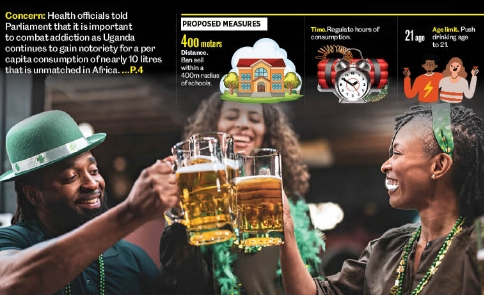Have clear plans before withdrawing NSSF cash

A teller in a banking hall. Whereas there are over two million people saving with the National Social Security Fund (NSSF) only 90,000 members qualify for midterm access. PHOTO | FILE
What you need to know:
- The issue: NSSF mid-term cash
- Our view: Withdrawing part of your retirement savings without a clear plan is suicidal and in the end, breeds financial distress in old age, particularly when one is unable to meet medical bills and other necessities.
With effect from tomorrow, March 7, more than 93,000 people who have saved with the National Social Security Fund for 120 months, or 10 years, and are above 45 years old will be free to apply for 20 percent of their savings.
The people with disabilities who have saved for 10 years and are 45 years old, will also be eligible to apply for 50 per cent of their savings under the mid-term window.
Fortunately, with the mid-term access regulations, savers can split the permissible percentage with guidance from NSSF management.
The NSSF (amendment) law, however, does not force people who are 45 years and have save for 10 years to withdraw part of their retirement savings.
There are options. Eligible members can keep their money intact at NSSF and earn from annual interest or withdraw 20 percent and invest at least 10 percent in productive ventures such as property/rentals and the other balance is rolled in another retirement account.
Our view is that this is a viable option. Rather than tucking your money into a standard brokerage or bank account, consider this route.
We also remind those intending to withdraw part of their savings under the mid-term window to think before they apply for the money.
Withdrawing part of your retirement savings without a clear plan is suicidal and in the end, breeds financial distress in old age, particularly when one is unable to meet medical bills and other necessities.
We should, therefore, know that the mid-term window in the amended NSSF law was never intended to benefit people frittering away a windfall, not even those who are looking for a second wife or those who are hankering for expensive luxury cars.
Rather, the principal purpose of this NSSF amendment was to give stranded members a kiss of life. The mid-term access window was a brainchild of a chaotic Covid-19 response that left many Ugandans struggling with the high cost of treatment.
Some died of Covid-19 and had their lifeless bodies grabbed on account of accumulated hospital bills.
Others either sold their assets or were forced to incur debts with stringent terms and luckily survived but with the grace of God.
As mid-term access dream becomes a reality, our humble request is twofold: Reflect on all the ways you may run out of cash in retirement – and invest your 20 percent or 50 percent in those ventures that can help you avoid that fate. The single greatest retirement disaster is to outlive savings.
READ MORE: Workers speak out on mid-term access rules




